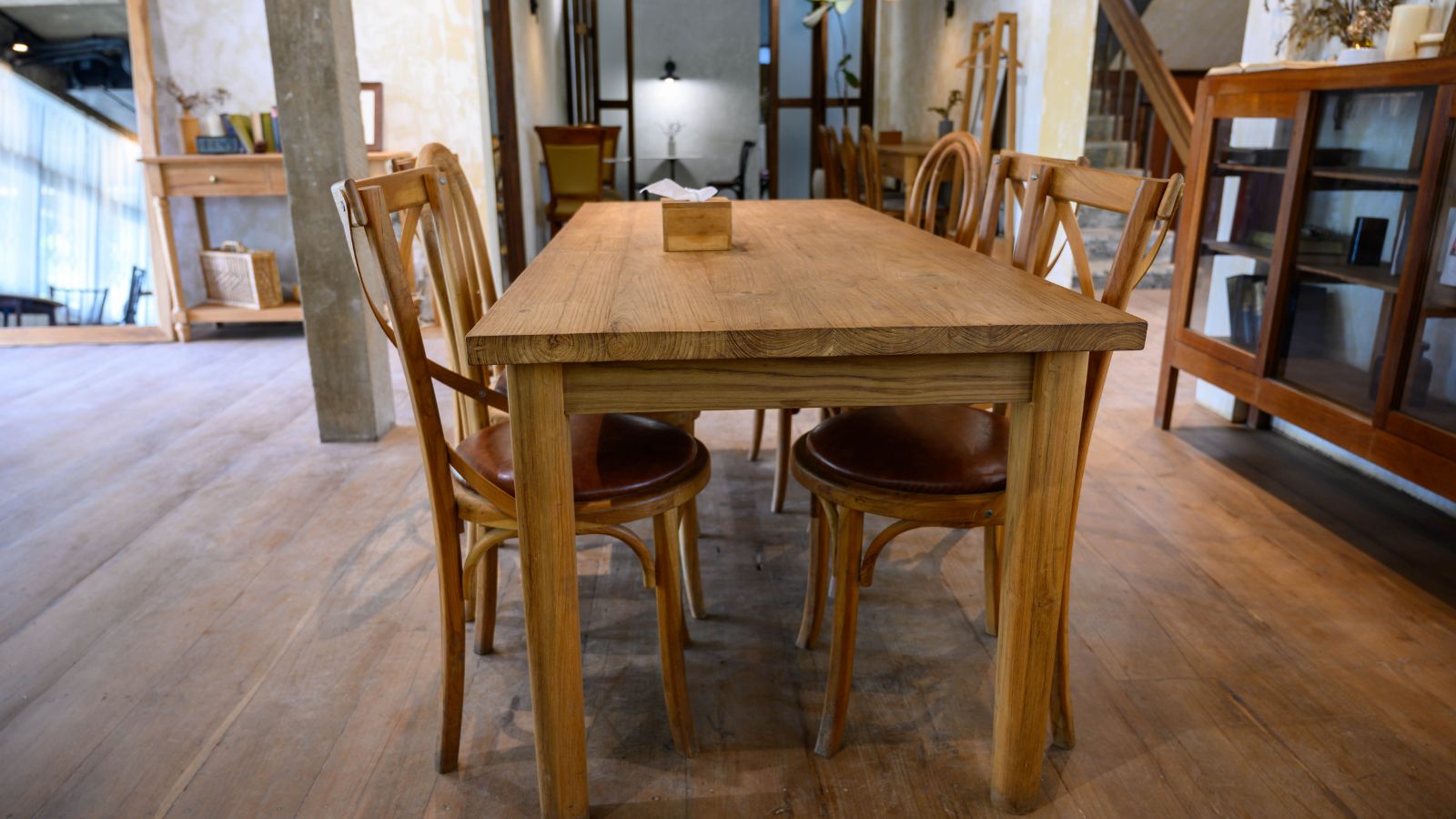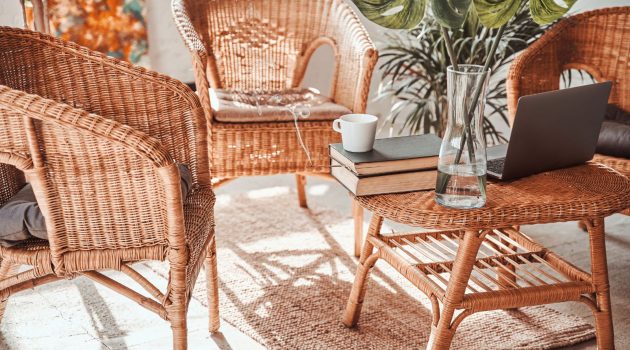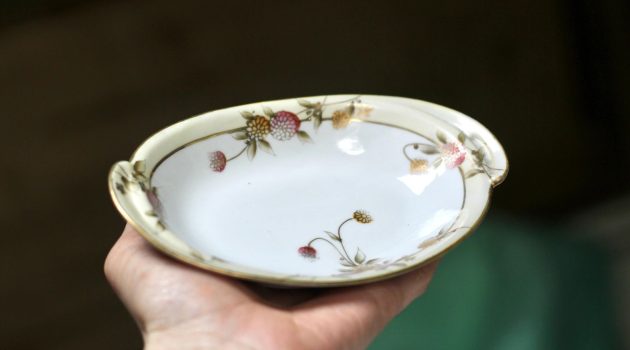The history of furniture is as diverse and intricate as the fabric of society itself, reflecting the evolution of design, technology, and aesthetics over time.
As you step through the eras of furniture, you’ll discover that each style serves as a mirror to the society from which it emerged.
Furniture from antiquity, like the robust and functional pieces of Ancient Greece, laid the foundational stone of design, prioritizing utility and simplicity.
Moving into the rise of style and artisanship, each period, whether it was the ornate embellishments of the Baroque period or the minimalist lines of Shaker furniture, presents a distinct character, indicative of the cultural currents and historical context of its time.
The progression from handcrafted individuality to the sleek lines of modern innovation demonstrates how furniture has transcended its basic functional role to become a form of artistic expression.
Today, contemporary trends continue to echo past styles, while innovating with new materials and sustainable practices.
Furniture design has always been and continues to be shaped by the needs and preferences of the era, all while pointing toward a future where form and function meet in harmonious synchrony.
Key Takeaways
- Furniture styles reflect the cultural and societal changes of their times.
- The evolution of furniture ranges from ancient practicality to modern artistic expression.
- Contemporary design trends innovate while paying homage to historical styles.
1. Antiquity and Ancient Civilizations
In the grand tapestry of human history, the furniture of antiquity tells a story of artistry, functionality, and the use of available materials.
As you embark on a journey through ancient civilizations, you’ll uncover the meticulous craftsmanship of Egyptian wood carvings, the dignified forms of Greek design, and the astonishing stone pieces from the Neolithic period.
Ancient Egyptian Furniture
Your exploration of ancient furnishings begins in Egypt, where the construction was often of wood, complemented by stone or metal.
Beds and seating followed a standardized form, with beds raised off the ground to protect sleepers from ground-level pests. Key pieces included:
- Beds: Skillfully crafted with a framework of wood, often with footboards and a woven mat or leather surface.
- Chairs and stools: Thrones and seats with turned legs, made for functionality and status.
Ancient Egyptians favored durability, reflected in the robust and sometimes intricately decorated furniture that has withstood the test of time.
Greek Furniture
Moving to Greece, you’ll find that furniture was not only practical but also steeped in aesthetic value. The Greeks emphasized:
- Elegance: Furniture featured graceful lines and sometimes included intricate carvings or metalwork.
- Function: Pieces like dining couches, called klinai, served multiple purposes and were central to the social aspects of Greek homes.
Greek furniture design focused on proportion and form, contributing to the timeless appeal admired in museums today.
Stone Age Developments
In the Stone Age, particularly during the Neolithic period, your discovery of furniture takes an impressive turn with the utilization of stone. In ancient Orkney, Scotland, for instance:
- Utility: Dressers and cupboards crafted from stone provided essential storage.
- Survival: Stone furniture at Skara Brae reveals the resourceful use of natural materials by Neolithic people for daily life.
This era predates more complex constructions and symbolizes mankind’s earliest endeavors in creating functional domestic spaces.
2. Rise of Style and Artisanship
As furniture evolved through time, distinctive styles emerged, which were heavily influenced by the art and culture of various periods.
Skilled artisans crafted pieces with materials ranging from rich woods to ivory, each style leaving its imprint on the annals of history.
Medieval and Gothic Influence
During the medieval period, you would see furniture that was robust and functional. Gothic Revival brought about an interest in the ornate architecture and design from the mid-12th century.
Furniture featured pointed arches and intricate carvings resembling gothic cathedrals. Common materials included oak, which was favored for its durability.
Renaissance Flourishing
The Renaissance period heralded a rebirth of classical art and learning. Artisans began to incorporate elements of balance, proportion, and perspective into furniture design.
Chairs and cabinets were often made of walnut and were richly decorated with carvings, inlays of ivory, and even gilded accents.
Rococo and Baroque Elegance
Your appreciation for furniture might deepen when considering the Rococo and Baroque periods, where artisanship reached new heights of elegance.
Rococo style introduced graceful, curved lines and lighter forms to furniture. Delicate ornaments and asymmetrical designs in materials like mahogany were common.
The Baroque, however, was all about drama and grandeur, with rich woods and bold carvings defining the style.
3. Modern Movements and Innovation
As you explore the evolution of furniture design, you’ll notice how key movements have shaped our contemporary landscape.
With the advent of the Industrial Revolution, the fusion of art and functionality in the Bauhaus ethos, and the elegant geometry of Art Deco, modernism in furniture has traveled through a transformative journey.
The Industrial Revolution Impact
Your household furniture has roots in the Industrial Revolution of the 19th century. This pivotal period brought about mass-production capabilities, introducing affordable furniture to the wider public.
Materials like iron and steel became prominent, leading to the creation of durable and replicable furniture pieces.
Innovations during this time paved the way for later styles, including Mid-Century Modern and Contemporary designs.
- 19th Century: Introduction of mass production in furniture
- Materials: Predominance of iron and steel
Bauhaus and Functionality
The Bauhaus movement, starting in 1919, redefined furniture design by emphasizing simplicity and utility. Your sleek, minimalist desk may echo the Bauhaus principle that form should follow function.
Celebrated designers like Walter Gropius believed that every object must have a purpose, leading to furniture designs that prioritize practicality without forsaking aesthetic appeal.
- Bauhaus Principles: Utility, simplicity, and integration of technology
- Materials: Use of tubular steel, glass, and plywood
Art Deco and Modernism
Art Deco design flourished in the 1920s and 1930s, and your home may still feature its influence. Characterized by rich colors, bold geometry, and decadent detail work, Art Deco represented luxury and glamour.
This movement coexisted with Modernism, where figures like Frank Lloyd Wright pushed boundaries to create unique, organic forms that challenge traditional furniture design.
- Art Deco: Geometric patterns, vibrant colors, and luxe materials
- Modernism: Organic forms, Frank Lloyd Wright‘s architecture-inspired furniture designs
4. Contemporary and Future Trends
Late 20th Century to Present
Post mid-century modern influences, you’ve likely noticed a shift in interior design. Furniture from this period to present day has embraced a variety of aesthetics.
You’ve seen everything from the revival of Victorian designs to the clean lines of Palladianism. Here’s a quick look at significant styles:
- Mid-Century Modern: Simplistic forms and functional designs, often utilizing materials like teak and stainless steel.
- Art Nouveau: You’ve admired the graceful curves and natural motifs that gave furniture an almost organic feel.
- Victorian: A resurgence brought plush upholstery and dark wood back into vogue for both sofas and chairs.
- Colonial Furniture: While less prevalent now, it once offered a sense of grandeur with its substantial tables and cupboards.
- Contemporary: The style you know today is characterized by a diverse palette, from the minimalism of Louis XV inspired pieces to the earthy tones and circular forms of newer dining sets and shelves.
Sustainable and Innovative Materials
Your future furniture choices will be defined not just by style, but substance. Sustainable materials aren’t just good for the environment; they’re becoming a staple in modern homes.
Here’s what to expect:
- Reclaimed Wood: A popular choice for those of you looking to add character to your tables or dressers.
- Bamboo & Rattan: These rapidly renewable resources translate into lightweight and durable furniture, bringing a touch of nature into your home.
- Recycled Metals and Plastics: These materials are turning up in sofas and chairs, reflecting your commitment to the environment.
In the design of cupboards, dining sets, and even sofas, functionality is intertwined with aesthetic, as furniture becomes more adaptive to your needs.
With innovations in materials and a nod to the past designs, the future of furniture looks to be as dynamic as it is conscientious.



